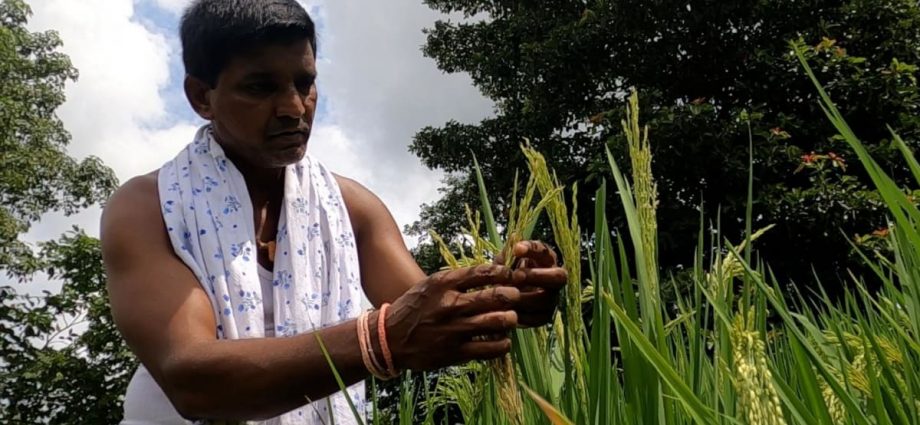
CONCERNS OVER ESCALATING PRICES
This has prompted the government to intervene to control the price of rice locally.
“If we see India’s context, in the entire global scenario, our share and exports have been rising,” said Mr Pushan Sharma, a director at analytics firm Crisil.
“Over the last few years, we used to account for about 24 per cent of global exports from 2018 to 2019. That has risen to 40 per cent.”
Mr Pushan added: “So the fear is that, given the decline in domestic production, global production, and India’s rising share in exports, the prices locally could start escalating, which is why the ban has been put in place to protect the domestic needs.”
Basmati and par-boiled rice are not affected by the measures aimed at curbing overseas shipments.
The export ban is on broken rice, which is made up of fragments of grains. While it is considered inferior, broken rice is consumed by people in some developing countries and widely used for animal feed.
Import duties of 20 per cent have also been placed on types of white and brown rice, both of which are consumed widely in India.
Last year, India exported a record 21.5 million tonnes of rice. This is more than the total shipments of the next four largest exporting countries of the grain – Thailand, Vietnam, Pakistan and the United States.
KNOCK-ON IMPACT
Mr Pushan said the reduced supply of rice from India “will lead to a slight increase in prices in the global market as well”.
He added that China, which is the biggest buyer of broken rice from India, will need to look to other markets, along with countries like the Philippines and Bangladesh.
This will also have a knock-on impact on other major rice-producing and exporting economies such as Thailand and Vietnam.
India’s rice farmers are concerned that the curbs would eat into their profits.

